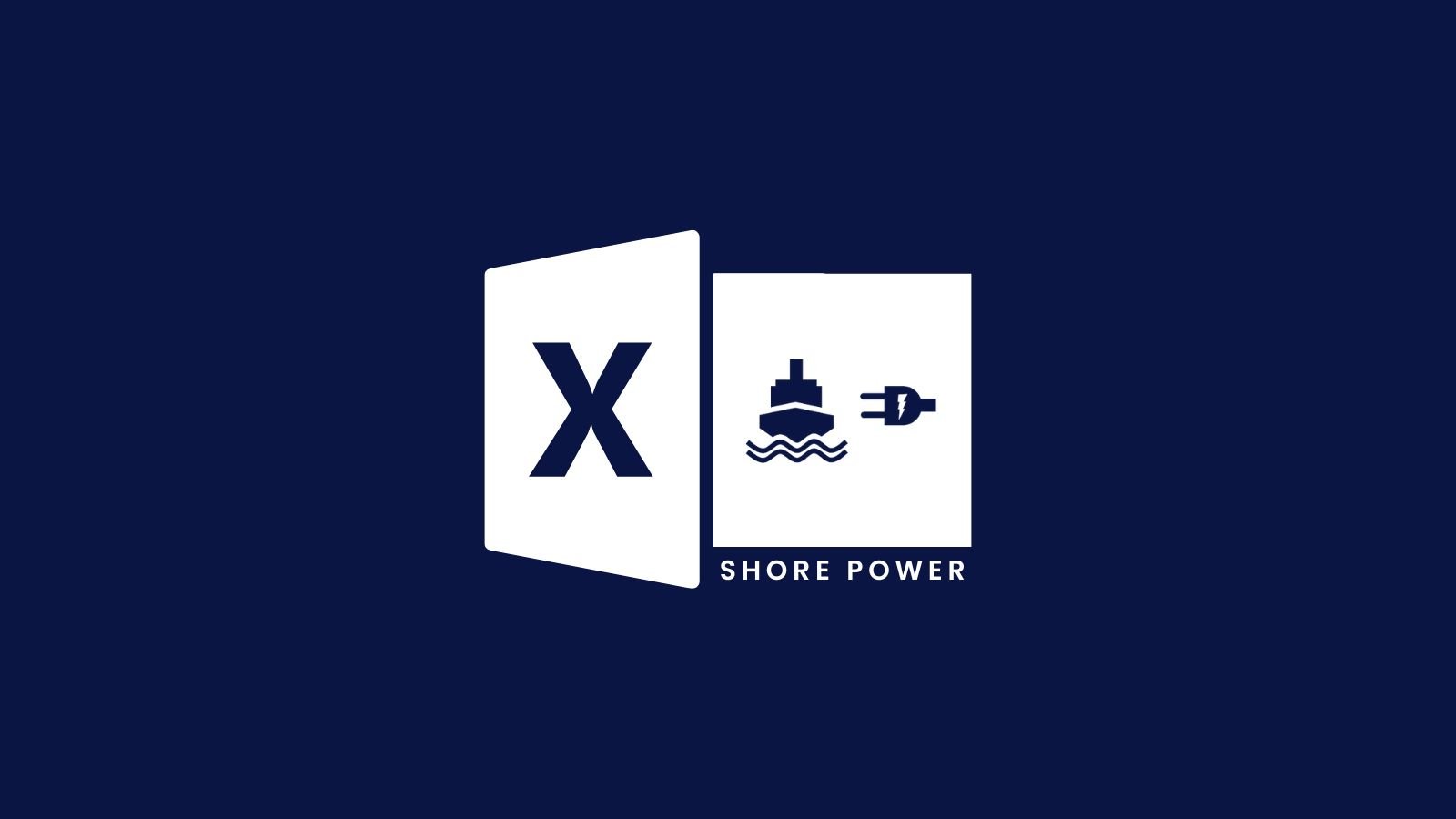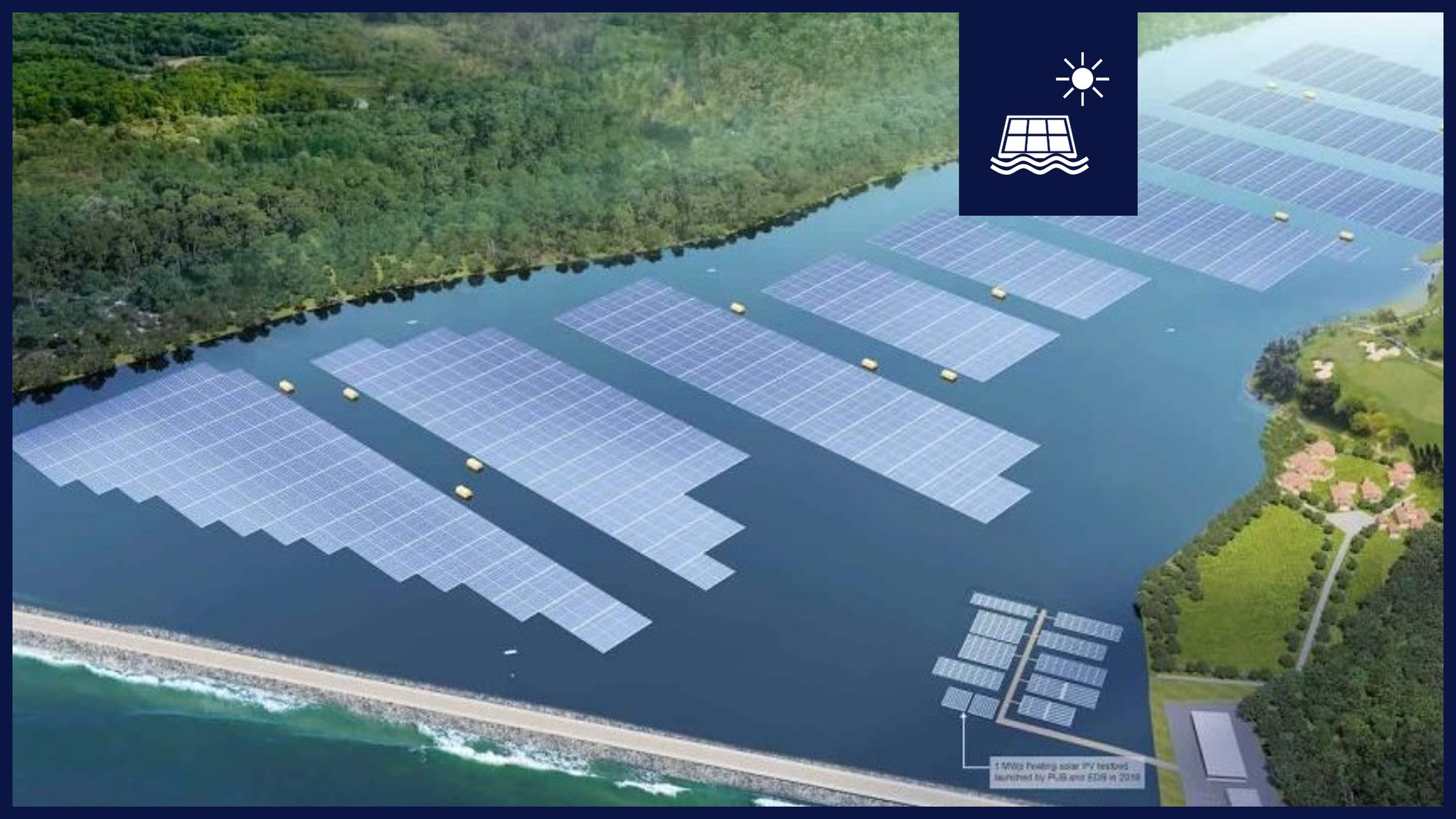Impact of FuelEU Maritime on solar PV for bulk carrier
A 100 kWp solar PV system can save a handymax bulk carrier ~ $250,000 in 10 years of which $90,000 in FuelEU
FuelEU Maritime introduces rising compliance costs and operational complexity. Onboard solar PV offers a simple, zero-emission solution to reduce both emissions and regulatory exposure. This blog evaluates the impact of installing a 100 kWp fixed-mounted, glass-type solar PV system on the cargo hatch covers of a handymax bulk carrier. It is assumed that all solar energy generated is used to reduce engine load during idle or hoteling periods, resulting in measurable fuel savings based on yearly energy output and the auxiliary engine’s constant specific fuel consumption (SFC) of 222 grams per kWh.
From 2025 until 2035, a grand total of ~$350k can be saved in fuel costs, EU ETS and FuelEU. With a CAPEX of $100k, payback time is roughly three years. Over 60% of all savings are directly linked to avoided fuel consumption, with the remainder attributed to reduced EU ETS and FuelEU compliance costs. The business case is most sensitive to the ship’s specific fuel consumption (SFC) and fuel price. CAPEX is moderately impactful, EU ETS price and time spent in EU have little impact, assuming the total amount of time spent in EU is still significant (60%+). IMO-related emissions pricing (i.e. Net-Zero Framework or Carbon Intensity Indicator) is not included in this case study but would positively impact the business case.
Use the tool below to customize a case study for yourself. Contact the helpdesk for further customization options.
Members only
Ship
This case study is based on the an imaginary vessel called the “SOLA PV”, a handymax bulk carrier equipped with a conventional auxiliary diesel-electric system larger than 5,000 GT. The vessel sails for approximately 280 days per year, with 85 days idle, either moored in port or at anchorage. During idle periods, one auxiliary engine is assumed to be online, operating at 40% load to meet an average hotel demand of around 220 kW. The vessel is not equipped with shore power and relies solely on marine gas oil for auxiliary generation. Average assumed Specific Fuel Consumption (SFC) of the auxiliary engine is 222 grams of fuel per kWh.
For regulatory scope, it is assumed that 50% of sailing days occur within EU-regulated waters, the other 50% from- and to EU ports. That means the vessel operates primarily in Northern Europe around 50 degrees latitude. This places the vessel under compliance with FuelEU Maritime and EU ETS. The analysis assumes that all solar PV energy generated is used to offset auxiliary fuel consumption, particularly during idle periods, contributing directly to fuel savings and reductions in regulated emissions.
Solar PV
Solar PV in this analysis refers to fixed, glass-type photovoltaic panels installed onboard the vessel, with generated energy used to offset fuel consumption related to hotel loads. Annual solar energy production is calculated based on the installed kWp capacity and expected solar irradiation at 50° latitude, where the vessel primarily operates. Main propulsion systems and alternative fuel blends are excluded from this scope.
All energy output is converted into fuel savings using a single and constant specific fuel consumption (SFC) value of 222 grams per kWh, assuming that solar generation displaces auxiliary engine consumption only (MDO). Under certain operational modes, engine load can drop below 40%, which leads to a (significantly) higher specific fuel consumption per kWh produced. Engines running at low load are less efficient, meaning that the actual fuel savings from solar PV may be higher (!) than what is captured by the constant SFC assumption. This effect is not yet reflected in this version of the tool but can be explored in the premium model or by contacting the helpdesk.
Methodology and assumptions
-
The Solar PV Tool estimates the onboard energy output of photovoltaic systems based on system specifications, vessel location, and seasonal solar conditions. It calculates expected solar generation under clear-sky assumptions or user-defined irradiance profiles. The tool then translates solar output into fuel savings using specific fuel consumption (SFC) parameters, making it ideal for evaluating hybrid, off-grid, and maritime energy systems where solar power offsets auxiliary engine load.
This tool enables shipowners, operators, technical managers, and energy analysts to assess the performance and impact of solar PV systems across different operating profiles and routes. It supports feasibility assessments, early-stage technical evaluations, and operational planning by linking solar yield directly to fuel and compliance cost savings.
The tool also enables scenario-based comparisons, allowing users to evaluate the effects of different system sizes, performance ratios, or locations over multiple days or seasons. A parameterized report of the analysis can be exported to support internal validation, stakeholder communication, or regulatory review. Use the tool for:
Fuel offset calculations – Estimate daily and yearly fuel savings enabled by solar PV generation, based on vessel operations and auxiliary load assumptions.
Solar yield benchmarking – Compare expected solar generation across different ports, voyage patterns, or seasonal conditions.
Hybrid system integration – Simulate solar contribution alongside auxiliary generator operation and assess impacts on runtime and fuel demand.
Emission reduction analysis – Quantify the potential CO₂ savings from solar PV and support decarbonization strategies under IMO and EU regulations.
Technical and investment planning – Create structured technical outputs to inform C-level decisions, pilot projects, investment cases, and renewable energy roadmaps for vessels.
-
Objective
The Solar PV Tool estimates daily solar energy production (kWh) from a photovoltaic (PV) system based on user-defined location (latitude, longitude) and system specifications. It integrates solar geometry calculations with irradiance modeling to provide location- and time-specific estimates of PV output.
Calculation Logic
The tool uses the following core formula:
Energy (kWh/day0 = kWp * PR * GHI-daily
where:
kWp is the installed capacity (peak rating) of the PV system.
PR is the performance ratio (efficiency correction).
GHI-daily is the global horizontal irradiance (solar energy received per m²/day)
GHI-daily is computed using:
GHI-daily = G{on} * cos(θz) * τ * Sun Hours
where:
G{on}: Extraterrestrial irradiance for the day (W/m²)
cos(θz): Cosine of the solar zenith angle at solar noon
τ: Atmospheric transmittance factor
Sun Hours: Duration of daylight for the given latitude and day of year
Assumptions
The PV system is fixed-tilt and oriented horizontally (for GHI-based modeling).
GHI is calculated assuming clear-sky conditions.
The performance ratio (PR) is constant across the day and does not vary hourly.
The model assumes no shading, curtailment, or grid limitations.
Temperature effects, inverter clipping, and degradation are encapsulated in PR.
Earth-Sun geometry is based on standard solar engineering equations (e.g. Cooper’s declination formula, Equation of Time).
Model Capabilities
Calculates instantaneous irradiance at solar noon
Computes daily GHI from solar geometry and atmospheric transmittance
Estimates daily kWh production from PV systems using simple inputs
Can be extended for full-year simulations using a DOY in the premium model
-
It is assumed that all solar energy generated is treated as zero-emission and fully credited towards reducing GHG intensity, strengthening the business case further.
The vessel sails within EU waters from EU port to EU port for 50% of the time, and from EU port to non-EU port for the other 50% of the time, resulting in an average ‘exposure’ to FuelEU and EU ETS of 75%.
-
EU ETS (or EU Allowances) are assumed to be €65 per mT in 2025 and increase with 7% per year.
The vessel sails within EU waters from EU port to EU port for 50% of the time, and from EU port to non-EU port for the other 50% of the time, resulting in an average ‘exposure’ to FuelEU and EU ETS of 75%.
Premium only
Premium tools and expert support at your fingertips
Don’t want to sign up? Check pay-per-use options
















This case study explores a 100 kWp solar PV system installed on the hatch covers of a handymax bulk carrier. Operating primarily in Northern Europe, the system offsets auxiliary engine load during idle periods, leading to estimated savings of ~$350,000 between 2025 and 2035. With a CAPEX of $100,000, the payback period is around three years. Most savings come from fuel reduction, with additional benefits from EU ETS and FuelEU compliance. The business case is most sensitive to engine efficiency (SFC) and fuel price.